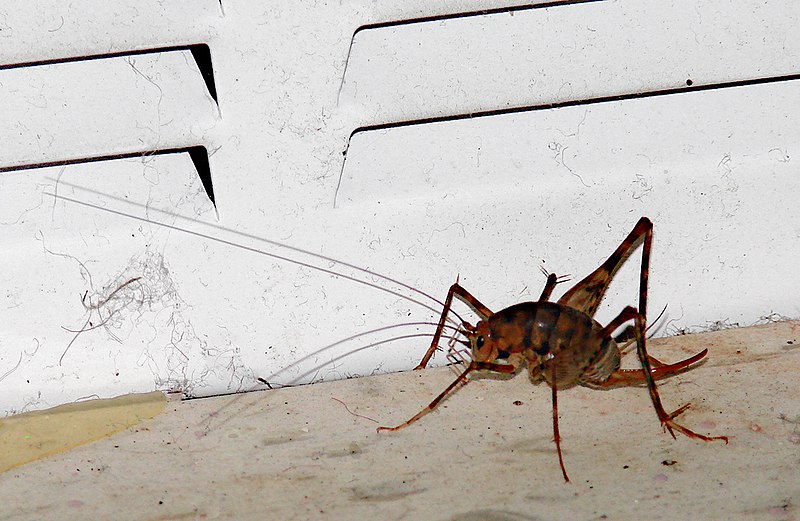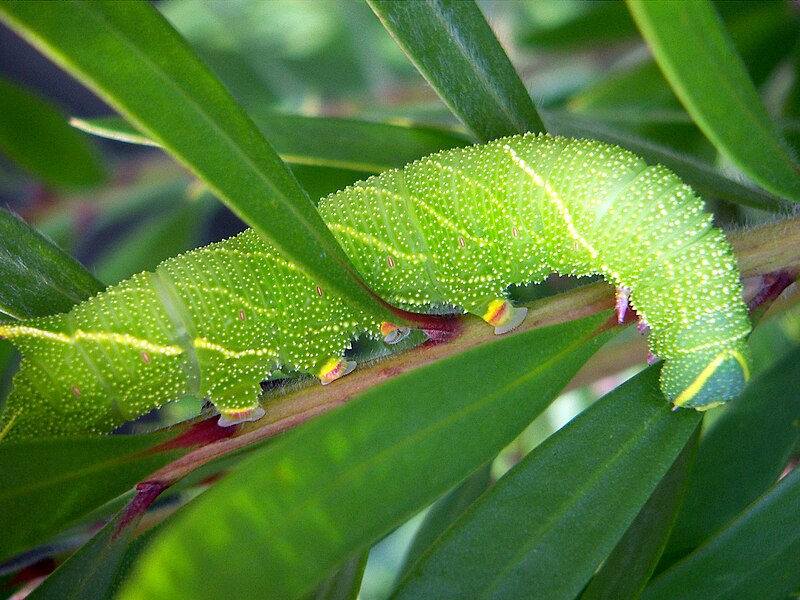 Captive insect-eating reptiles and amphibians (and perhaps invertebrates) are often plagued by nutritional deficiencies. A highly-varied diet is a great way to ensure adequate nutrition, but most keepers have access to only a few feeder-insect species; gut-loading (providing nutritious diets to feeders) is helpful, but detailed studies are lacking. While touring several Japanese zoos a few years ago, I was intrigued by the number of cricket species being bred as herp food, and resolved to investigate the species and diets I saw in greater detail. A recent article in Zoo Biology (2011, V. 30), which provides insights into carotenoid supplementation in three different cricket species, has re-sparked my interest. I’ll summarize below.
Captive insect-eating reptiles and amphibians (and perhaps invertebrates) are often plagued by nutritional deficiencies. A highly-varied diet is a great way to ensure adequate nutrition, but most keepers have access to only a few feeder-insect species; gut-loading (providing nutritious diets to feeders) is helpful, but detailed studies are lacking. While touring several Japanese zoos a few years ago, I was intrigued by the number of cricket species being bred as herp food, and resolved to investigate the species and diets I saw in greater detail. A recent article in Zoo Biology (2011, V. 30), which provides insights into carotenoid supplementation in three different cricket species, has re-sparked my interest. I’ll summarize below.
Carotenoids
Carotenoids are pigments that occur in plants. Animals, as far as is known, cannot manufacture carotenoids but rather must obtain them through their diet.
Carotenoids benefit the immune system by acting as antioxidants, function in the reproductive and other systems, and are believed partially responsible for the health benefits enjoyed by people who regularly consume fruits and vegetables. We know little of their role in reptile and amphibian health, but many zoo nutritionists believe them to be important. Read More »
 That Reptile Blog – Reptile, Amphibian and Exotic Pet Care and Information
That Reptile Blog – Reptile, Amphibian and Exotic Pet Care and Information




